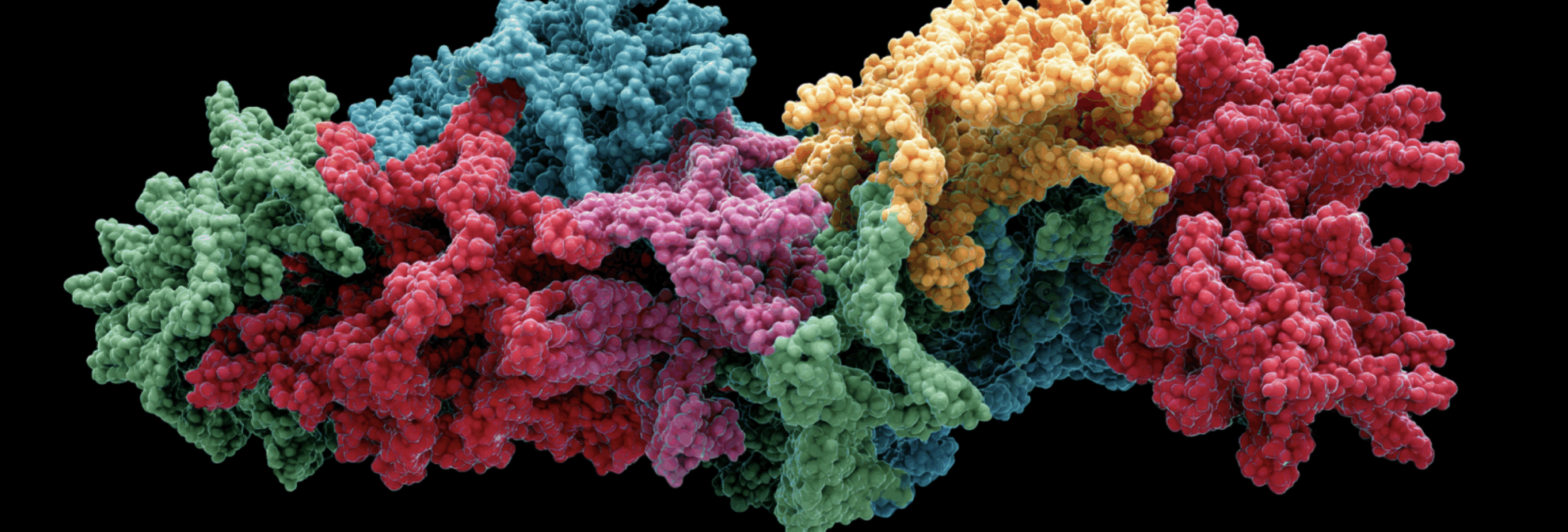Command Palette
Search for a command to run...
August 11-15 AI Paper Selection

Ainnova Tech, a health technology company, has created the Vision AI platform, which can detect diabetic retinopathy (with an accuracy rate exceeding 90%), cardiovascular risk, and other multi-system diseases in seconds.

The UCLA research team proposed a virtual histological staining method based on a diffusion model, which enables the prediction of high-resolution cell tissue pathological structure based on low-resolution IMS data.
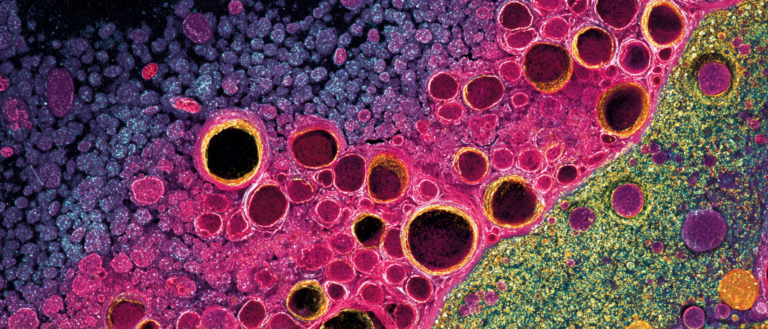
The Alibaba Tongyi Qianwen team has once again open-sourced its first basic image generation model, Qwen-Image, with a parameter count of up to 20B, refreshing the SOTA state-of-the-art image generation model.

"MediCLIP: Anomaly Detection in Small Sample Medical Images Using CLIP" is now available in the "Tutorials" section of the HyperAI website. Come and experience this efficient method for intelligent medical imaging diagnosis!
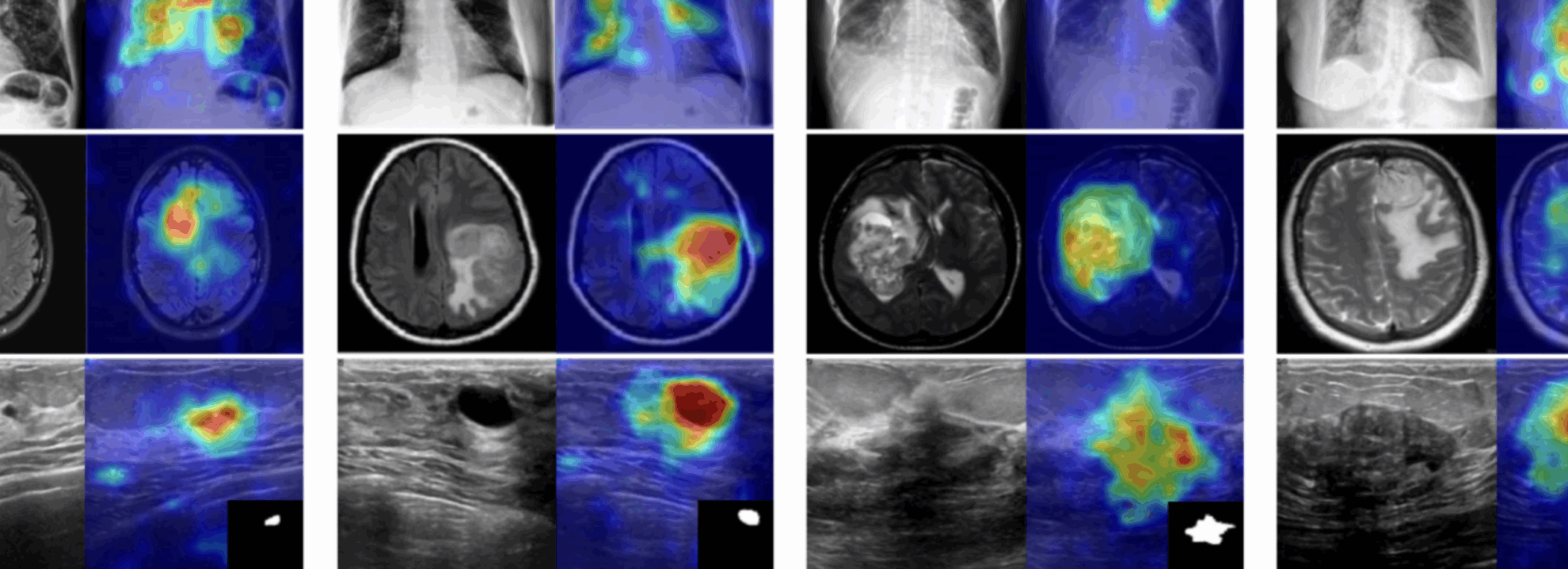
HyperAI has compiled a series of valuable and widely used tutorials and datasets from August 4th to August 8th, covering a variety of fields such as autonomous driving and speech models.

Perch 2.0, jointly launched by Google DeepMind and Google Research, has further pushed bioacoustic research to new heights.

OpenAI has officially open-sourced gpt-oss-120b and gpt-oss-20b. The former is designed for complex reasoning and knowledge-intensive scenarios, while the latter is more suitable for low-latency, local or professional vertical fields.
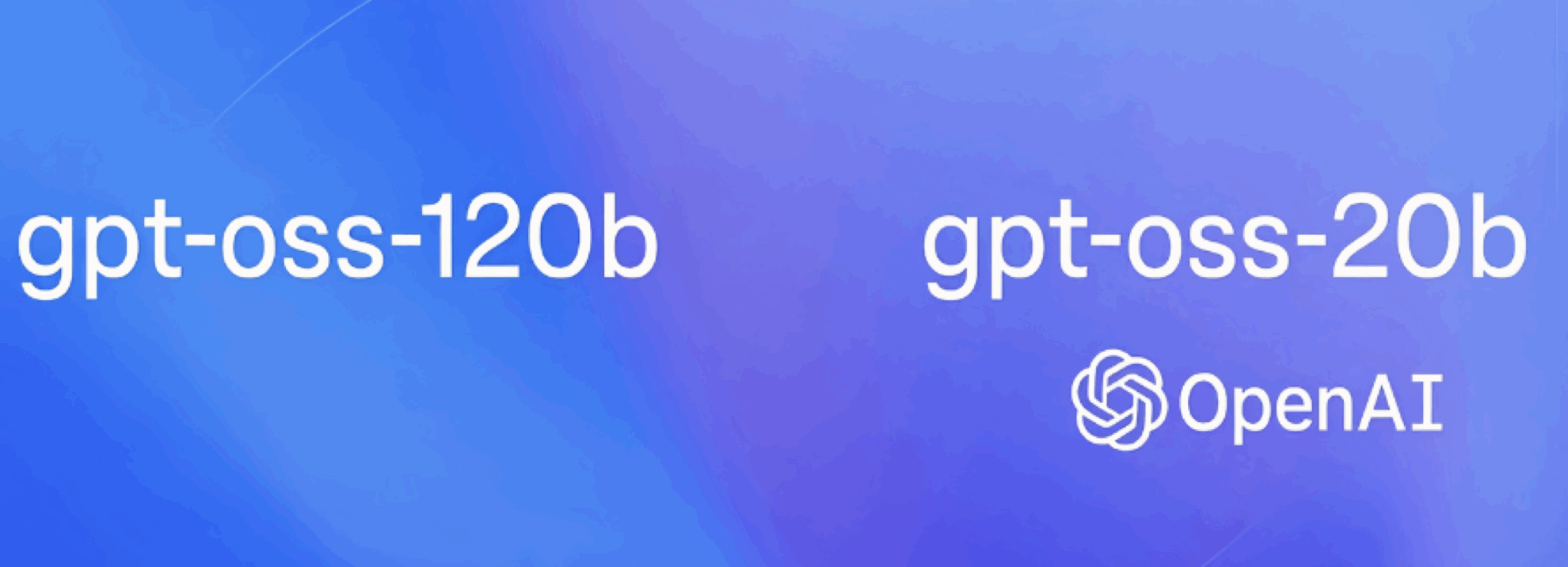
GPT-5 is finally here! It has significantly improved in three major scenarios: programming, creative writing, and health.
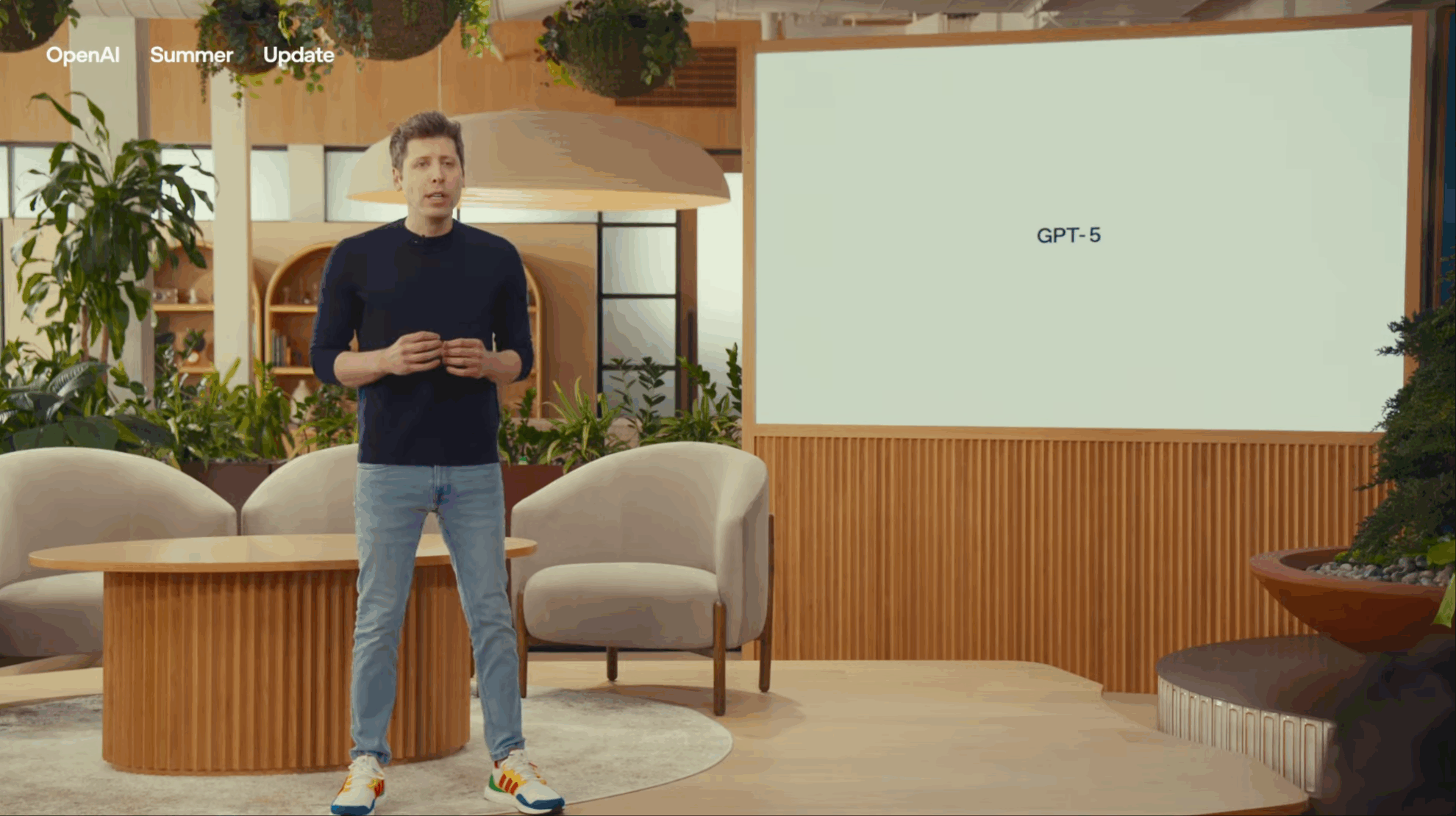
Zhou Hao's research group at Tsinghua University's Institute of Intelligent Industries (AIR), in collaboration with the Shanghai Artificial Intelligence Laboratory, proposed the protein base model AMix-1 based on a Bayesian flow network.

To address the problem of targeting naturally disordered proteins, David Baker and his team proposed Logos, which enables proteins to bind to naturally disordered protein regions with multiple extended conformations.

ICA-Var, a fully multivariate analysis method based on unsupervised machine learning process design, can detect variants earlier and more accurately.

Alibaba's Tongyi Wanxiang Laboratory has open-sourced its advanced AI video generation model Wan2.2, introducing a hybrid expert architecture for the first time to effectively improve generation quality and computational efficiency.

"One-click deployment of Qwen3-30B-A3B-Instruct-2507" has been released to the OpenBayes public tutorial. You can quickly experience the demo with one-click cloning.
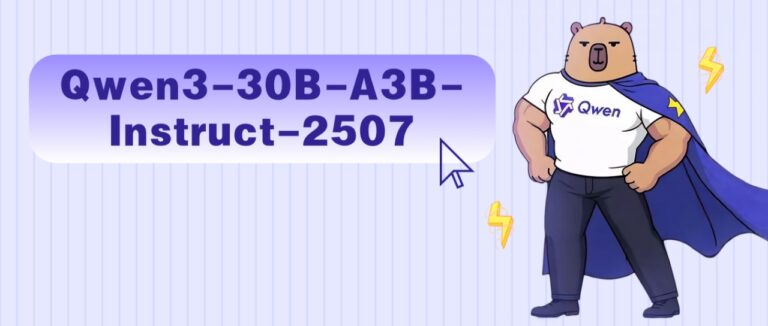
NVIDIA, in collaboration with research teams including the Lawrence Berkeley National Laboratory in the United States, launched FourCastNet 3, which combines spherical signal processing with the hidden Markov set framework.

Google DeepMind released AlphaEarth Foundations to help scientists analyze Earth's dynamics more quickly and efficiently and monitor global issues such as crop health.
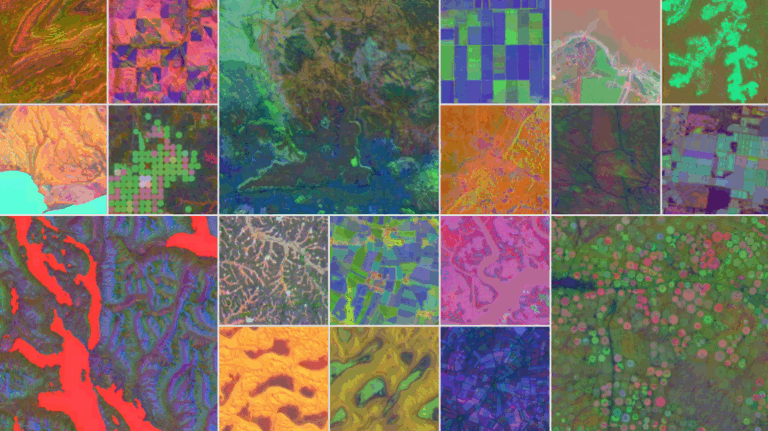
A research team from the University of Pennsylvania in the United States integrated four major venom databases to build a global venom database and applied a sequence-to-function deep learning model called APEX.
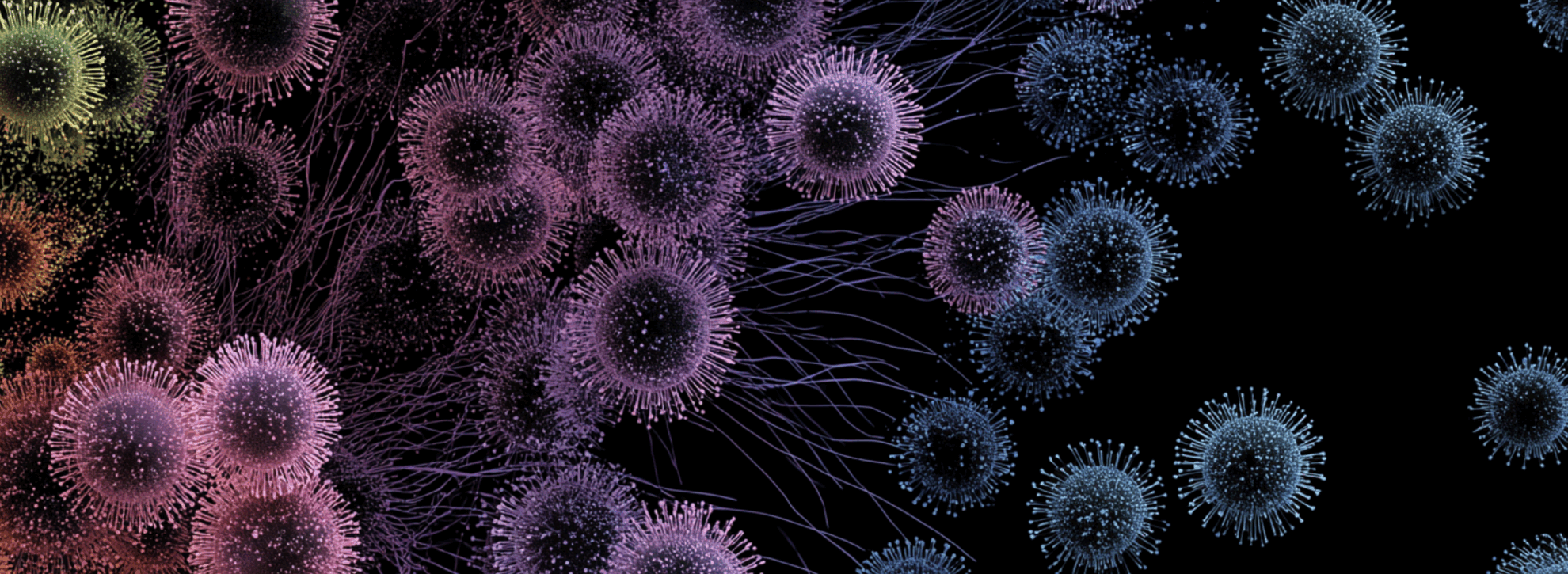
"OCRFlux-3B: Intelligent Text Recognition Toolkit" has been launched on the tutorial section of HyperAI's official website. You can experience it online with one-click deployment~

Universiti Putra Malaysia and the University of New South Wales Sydney jointly proposed an intelligent framework for the automatic classification of ceramic artifacts and the estimation of their market value.

Peking University and OpenBayes jointly launched the text-based panoramic video generation framework PanoWan.

HyperAI has compiled a series of valuable and widely used tutorials and datasets for everyone from July 21 to July 25, covering multiple fields such as audio analysis and large models~

The 7th 2025 Meet AI Compiler Technology Salon concluded successfully on July 5 in Zhongguancun, Beijing.

Aeneas breaks through the limitations of repair and creates the ability of "repair of arbitrary length" for the first time.

Hunan University, in collaboration with the University of Chinese Academy of Sciences and other teams, proposed APM, a model that surpasses existing SOTA performance in downstream tasks such as antibody design and binding peptide design.
